



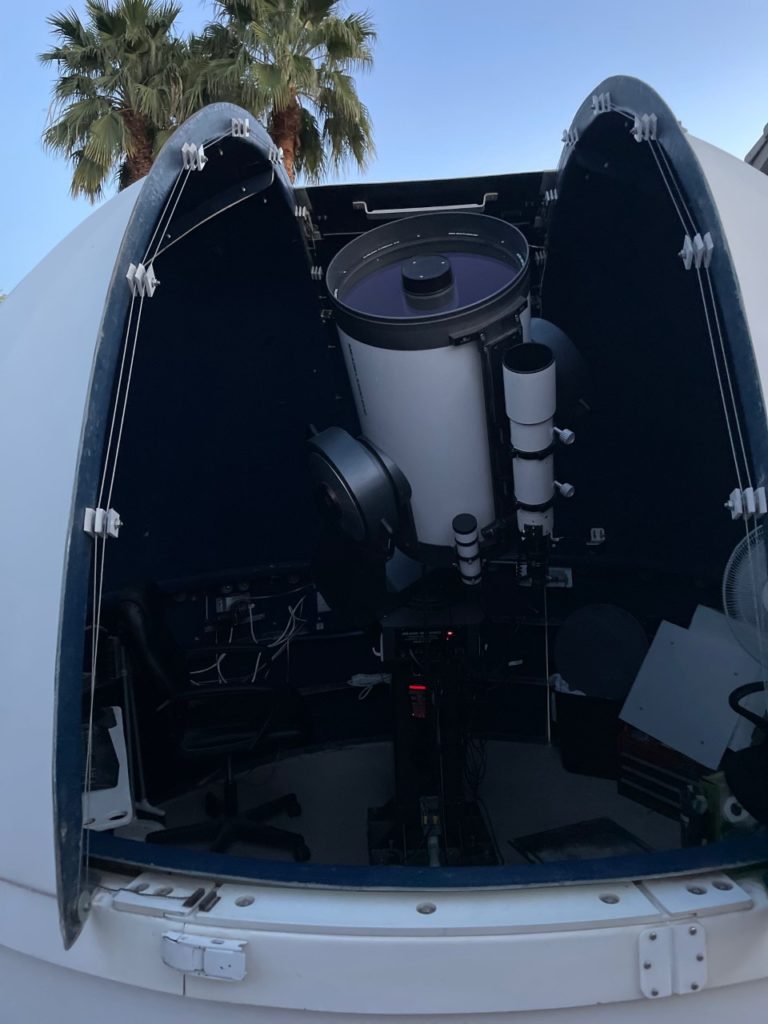
BELOW IS MY OLD SETUP FROM 2001
All the images on this site except one were taken with a CCD (charge coupled device) camera and 99% were taken from my light polluted backyard in a suburb of Phoenix, Arizona. The telescope used was a Meade 12″ f10 LX200 GPS and a Santa Barbara Instrument Group ST8E CCD camera with a CFW8 color wheel and Adaptive Optics (AO-7) for guiding. The telescope has a automatic goto data base of over 150,000 deep sky objects.
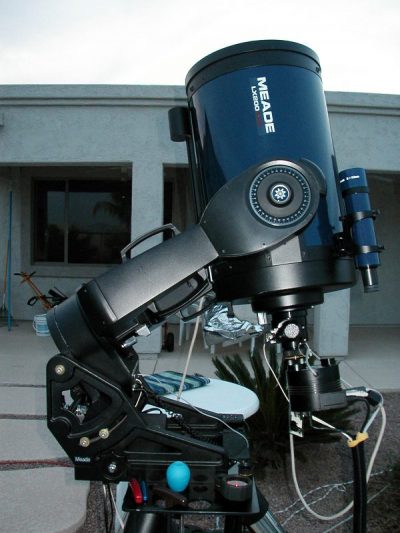
ST8E , CFW8 Color Wheel , AO-7 and Assembly

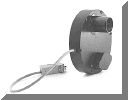

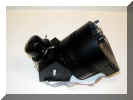
The CCD camera is a little more challenging to use. It is essentially a black and white camera (monochrome). Red, green and blue filters are used to render a color image. First a luminance (b&w) image is shot followed by a red, green and blue. Typically I image 50 minutes luminance, 20 Red, 20 Green and 30 Blue. Each frame is then calibrated by subtracting a dark frame (an equal time exposure with the shutter closed) and a flat field frame (an illuminated exposure through the optical system). Then the individual frames are added together and adjusted in special image processing software to get the final color image. The camera has two stages of thermal electric cooling with a water booster. In conjunction an Adaptive Optics system helps guide the CCD and is controlled by computer. Normally I operate it at -20c or cooler( the colder the better). It sounds complex, but with a little determination anyone can get good images.
Click on images for enlargement. To see what it takes to get one image click on LX200 CCD Techniques
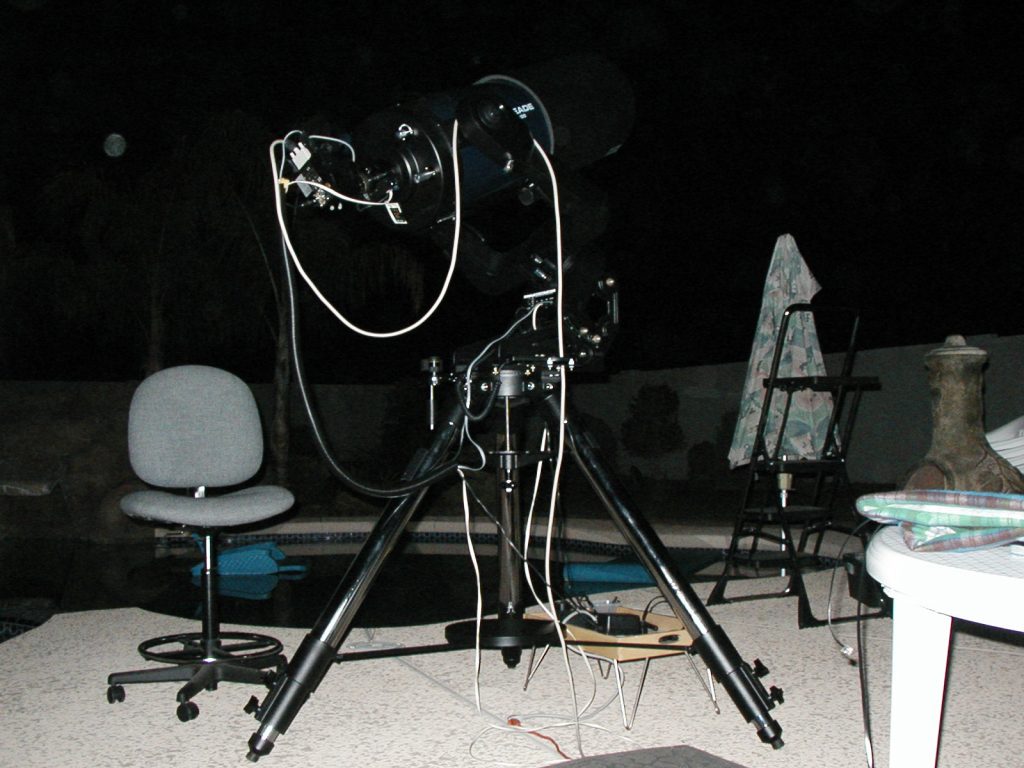





I have a new focusing tool called RoboFocus which will revolutionize astro imaging. In the past, hours could be spent trying to obtain critical focus which changes constantly with ambient temperature variation. Now focus can be achieved in 45 seconds while I watch Focus Max run RoboFocus from Technical Innovations.




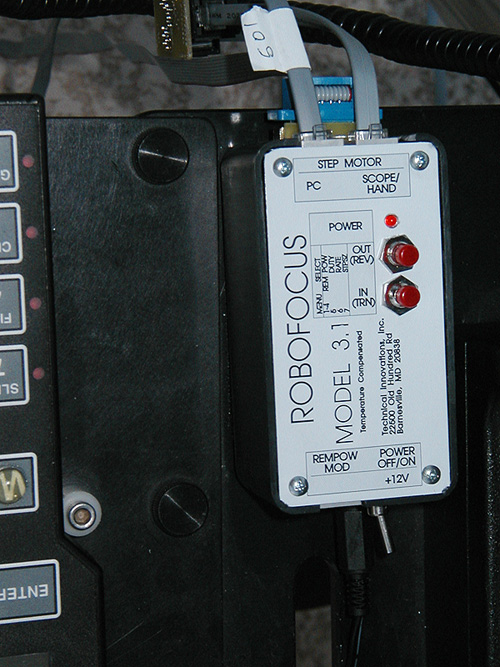
Questions? or comments, let me know what you think. Email me, Jan Sandberg at boeing737@msn.com